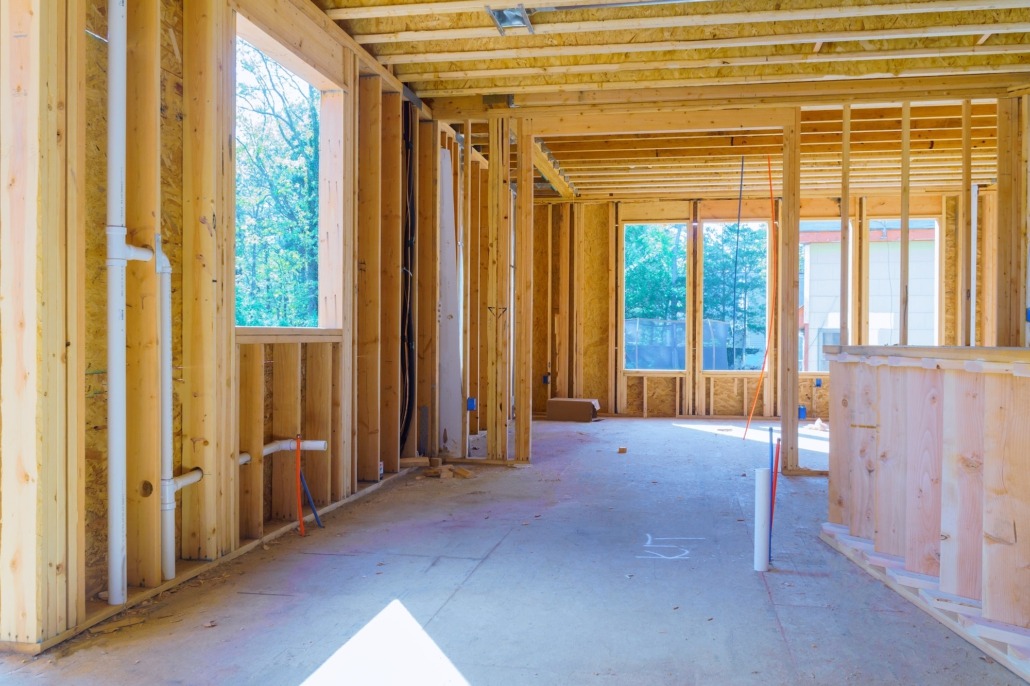LEGAL+ NEWS
Answering the question of whether there is a significant defect is very difficult, especially in often very complex plant construction. The absence of major defects is the decisive prerequisite for acceptance. The latter has considerable legal and practical significance: the start of the warranty periods is regularly linked to this. In addition, the due date of a considerable part of the agreed remuneration generally depends on acceptance.
The following article deals with the criteria that are particularly important when assessing whether a significant defect is to be assumed.
General definition: Material defect
In principle, a material defect exists if a defect is so serious in terms of its nature and scope, but above all in terms of its effects, that the client cannot reasonably be expected to ultimately rely on warranty claims, taking into account objective aspects in relation to the use assumed in accordance with the purpose of the contract and the success achieved.
Question: Is it reasonable to refer to warranty rights?
In plant construction in particular, it is evident that it is not possible to achieve complete freedom from defects at the agreed time of acceptance. Accordingly, the materiality of a defect is reached less quickly in large-scale plant construction than in less complex work.
When assessing the question of whether the client may refuse acceptance due to significant defects, the circumstances of the individual case must always be assessed. In addition to the question of whether the client can reasonably be expected to refer to the defect rights, the question of whether a defect justifies denying the contractor all the benefits of acceptance should also be examined.
Restrictions in usability and safety deficiencies are usually to be regarded as significant defects
Restrictions on usability and safety defects are generally considered to be significant.
Here, even “minor” deviations may constitute a significant defect. For example, the Higher Regional Court of Düsseldorf (BauR 2004, 1668) has ruled that in the area of sound insulation, a negative deviation of 3dB can be sufficient to justify a significant defect.
With regard to the usability of the delivered work, it must be taken into account that its impairment must be assessed all the more highly – and thus all the more likely as a significant defect – if warranted characteristics are not fulfilled, as the client has attached particular importance to these.
Number of existing defects significant?
Even if it cannot be automatically concluded from the mere number of defects that the service is not suitable for acceptance, the sum of individually insignificant defects can certainly result in a right to refuse acceptance. In this respect, in individual cases, several minor defects added together may be equivalent to a major defect.
Amount of the defect rectification costs
Finally, the (total) costs of remedying the defect must also be taken into account when assessing materiality.
The higher the total cost of remedying existing defects, the more likely it is that the materiality criterion will be met.

Conclusion: Significant deficiency
The above illustration shows that the question of whether a material defect exists is largely a question of judgment. In practice, it has repeatedly proved helpful to answer the question of whether the defect in question justifies denying the contractor the essential legal consequences of acceptance.

LATEST ARTICLES

Guide to GmbH law: The duties and liability risks of the managing director of a GmbH
In the external relationship, only the GmbH is liable, which can indemnify its managing directors. However, this does not mean that external liability of the managing directors is excluded.
In addition to personal liability in the area of tax and social security law, the managing director may also be liable on the basis of his own contractual obligations, on the basis of an induced legal appearance, on the basis of (personal) culpability when concluding the contract and in tort.
For the aforementioned reasons, every managing director of a GmbH is urgently recommended to be familiar with the requirements for proper managing director activities.

Estimation of fictitious defect rectification costs
For some time now, a landmark decision by the Federal Court of Justice has clarified that the contractual claim for damages in lieu of performance pursuant to Sections 437 No. 3, 280, 281 BGB can be assessed on the basis of the “fictitious” defect rectification costs that are likely to be necessary but have not yet been incurred, see BGH ruling of 12.03.2021, Ref. V ZR 33/19. In practice, it is of particular relevance how the court called upon to decide in an individual case is to determine the amount of such fictitious damage costs.

EUGH ruling “LKW Walter”
The possibility of being able to enforce one’s own rights as easily and quickly as possible in cross-border EU business transactions, which is very welcome in principle, has some pitfalls. The author’s experience shows that traders are often overwhelmed when they receive legally relevant mail from abroad. This is not least due to the fact that court documents received from abroad often do not meet the requirements of European law.
CONTACT

+49 (40) 57199 74 80
+49 (170) 1203 74 0
Neuer Wall 61 D-20354 Hamburg
kontakt@legal-plus.eu
Benefit from my active network!
I look forward to our networking.
This post is also available in: DE

